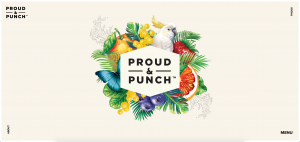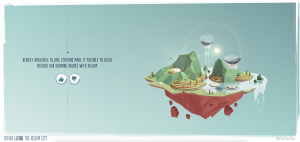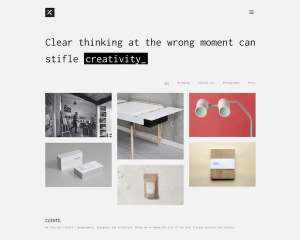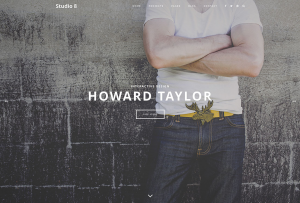In today’s digital age, having a website is essential for businesses of all sizes. However, simply having a website is not enough. Your website needs to be visually appealing, user-friendly, and optimized for search engines. This is where web design comes in. In this blog, we’ll explore the importance of web design and why it matters for your business.
First impressions matter When a potential customer visits your website, they form an opinion about your business within seconds. If your website is outdated, cluttered, or difficult to navigate, they’re likely to leave and go to a competitor’s website. On the other hand, a well-designed website can instantly capture a visitor’s attention and make a positive first impression. This can lead to increased engagement, longer website visits, and ultimately, more conversions.
User experience is key User experience (UX) is a crucial factor in web design. Your website should be designed with the user in mind, making it easy for them to find what they’re looking for and take action. A well-designed website should have clear navigation, prominent calls-to-action, and easy-to-read content. It should also be optimized for mobile devices, as more and more people are accessing websites on their smartphones and tablets.
Search engine optimization (SEO) In addition to providing a positive user experience, web design can also impact your search engine rankings. Search engine optimization (SEO) is the process of optimizing your website to rank higher in search engine results pages (SERPs). A well-designed website can improve your SEO by ensuring that your website is easy for search engines to crawl and index, as well as making sure that your website content is relevant and valuable to users.
Brand identity and perception Your website is an extension of your brand. It should reflect your brand identity and communicate your message effectively. A well-designed website can help build brand recognition and create a positive perception of your business. On the other hand, a poorly designed website can damage your brand’s reputation and make your business appear unprofessional.
Increased conversions and sales Ultimately, the goal of your website is to drive conversions and sales. A well-designed website can make it easier for potential customers to find what they’re looking for and take action. This can lead to increased conversions, whether that means filling out a contact form, making a purchase, or signing up for a newsletter.
In conclusion, web design is an essential part of building a successful online presence for your business. It can impact everything from first impressions to search engine rankings, brand perception, and conversions. If you want to stay ahead of the competition and attract more customers, investing in professional web design is a must.











